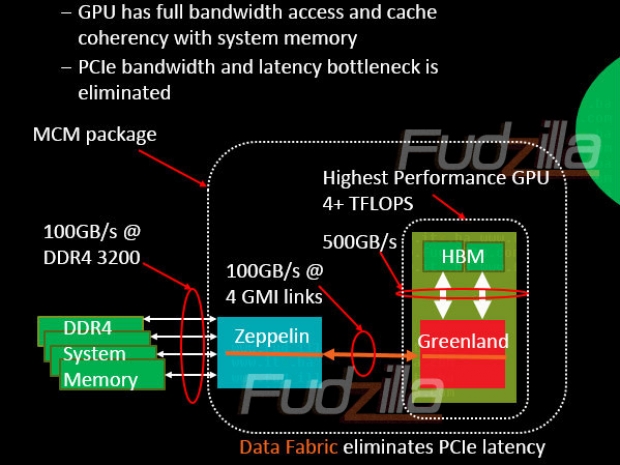- Mar 27, 2009
- 12,968
- 221
- 106
By high power consumer APU I mean any APU with at least 150W TDP. This primarily for laptops like the 14" Razor Blade which has 45W i7-7700HQ and 120W ~100W GTX 1060 6GB (2014 version shown below as I don't have teardown pictures of the 2017 14" Razor Blade)

P.S. Here is another laptop (MSI GS63VR Stealth Pro) with 45W CPU (i7 6700HQ) and120W ~100W dGPU (GTX 1060 6GB) in a 15.6" package at sub 4 lbs:
EDIT: Corrected dGPU TDP (See post #8)


P.S. Here is another laptop (MSI GS63VR Stealth Pro) with 45W CPU (i7 6700HQ) and
EDIT: Corrected dGPU TDP (See post #8)

Last edited:



